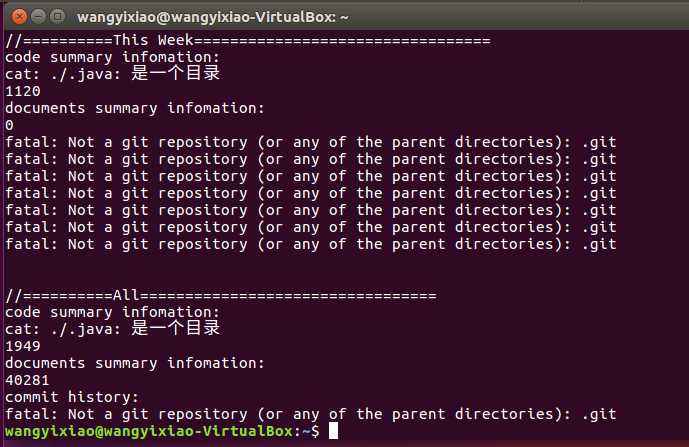标签:sse with using original one problem sea nal mat
In hashing, elements are stored in a hash table, with their location in thetable determined by a hashing function.
The situation where two elements or keys map to the same location in the table is called a collision.
A hashing function that maps each element to a unique position in the table is said to be a perfect hashing function.
Extraction involves using only a part of the element’s value or key to compute the location at which to store the element.
The division method is very effective when dealing with an unknown set of key values.
In the shift folding method, the parts of the key are added together to create the index.
The length-dependent method and the mid-square method may also be effectively used with strings by manipulating the binary representations of the characters in the string.
Although Java provides a hashcode method for all objects, it is often preferable to define a specific hashing function for any particular class.
The chaining method for handling collisions simply treats the hash table conceptually as a table of collections rather than as a table of individual cells.
The open addressing method for handling collisions looks for another open position in the table other than the one to which the element is originally hashed.
The load factor is the maximum percentage occupancy allowed in the hash table before it is resized.
What is the difference between a hash table and the other collections we have discussed?
What is our goal for a hashing function?
What is the consequence of not having a good hashing function?
Why is deletion from an open addressing implementation a problem?
What is the load factor and how does it affect table size?

What is the maximum number of edges for an undirected graph? A directed graph?
Linear search is always more effective than binary search.The answer should be false, for the situation of "n = 2".
HanoiTowers and maze
| Code line number(increasing/accumulative) | Blog number(inc/acc) | studying time(inc/acc) | progress | |
|---|---|---|---|---|
| target | 5000lines | 30articles | 400hours | |
| First week | 180/180 | 1/1 | 20/20 | |
| Second week | 1049/1229 | 1/2 | 18/38 | |
| Third week | 1037/2266 | 3/7 | 22/60 | |
| Fourth week | 1120/3386 | 2/9 | 30/90 |
20162314 《Program Design & Data Structures》Learning Summary Of The Eleventh Week
标签:sse with using original one problem sea nal mat
原文地址:http://www.cnblogs.com/CS162314/p/7858444.html